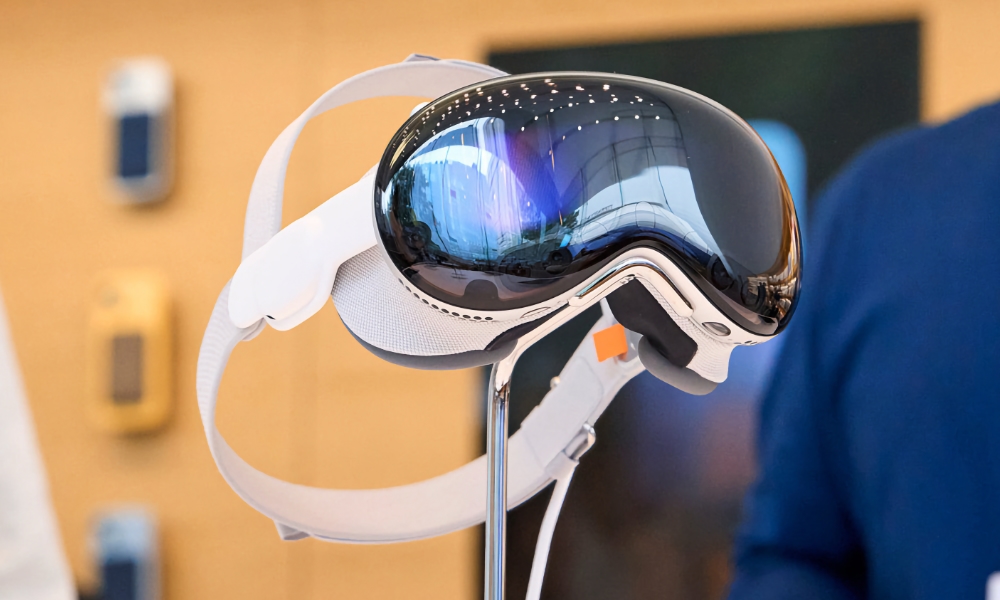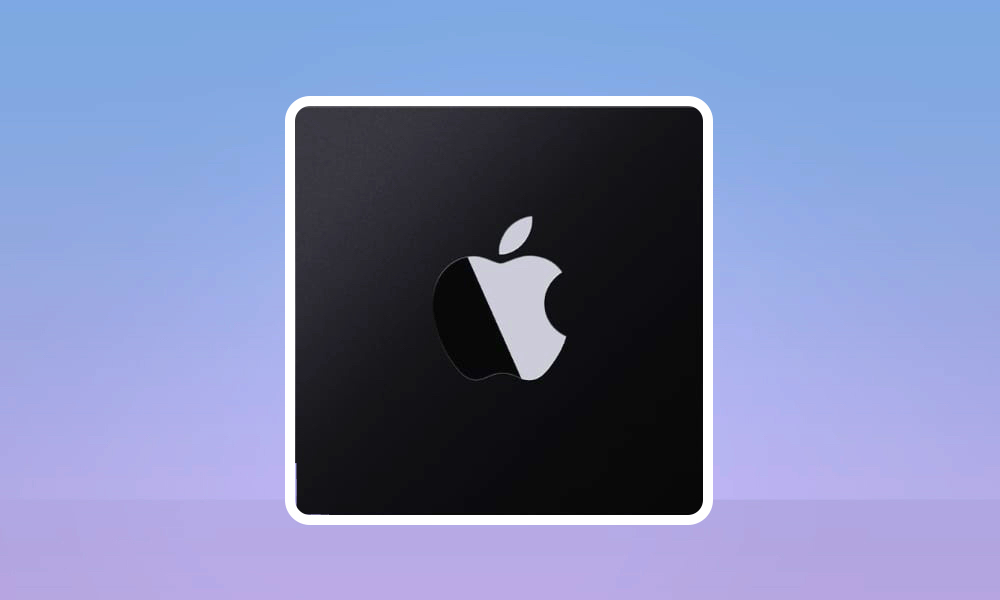Is the ‘Vision Pro 2’ On Deck For Later This Year?

Toggle Dark Mode
Although we haven’t heard much lately about Apple’s plans for the next-generation Vision Pro, the successor to Apple’s spatial computing headset may already be in mass production and ready for release “within the year.”
That’s according to a somewhat dubious report by the Chinese website IT Home. The translation makes it unclear whether the report refers to a calendar or a non-calendar year. However, if the sources are accurate, it would mean the so-called “Vision Pro 2” could have a launch date of April 2026 at the latest.
The report seems to slightly contradict what we heard from other sources last year, but that doesn’t mean Apple’s plans couldn’t have changed since then. Other, more reliable sources, including Bloomberg’s Mark Gurman and The Information’s Wayne Ma, revealed last summer that the higher-end Vision Pro could be put on the back burner so Apple could concentrate on a more affordable “non-pro” model that’s been in the works for some time.
The Vision Pro we know today was never intended to be the only device in Apple’s spatial computing lineup. We were hearing rumors of two versions of the headset several months before Apple showed off the Vision Pro at its 2023 Worldwide Developers Conference (WWDC). Some believed Apple would wait until it had both ready, but when it came down to crunch time, the company released the more powerful headset first to put its best foot forward.
After that, Apple’s plans became more opaque, with conflicting reports. In September 2023, rumors suggested Apple had cancelled its plans for the non-pro version and was focusing on the second-generation Vision Pro while still studying how to cut enough corners to make a more affordable version. By June 2024, it seems Apple had cracked that nut and was hoping to get a $1,500 “Vision” out the door before releasing a successor to the $3,500 “Vision Pro.”
However, Apple analyst Ming-Chi Kuo threw us a curveball when he predicted an M5-powered Vision Pro could go into mass production by late 2025. The design, Kuo said, wouldn’t change much from the current headset, and the new M5 chip might be the only upgrade.
That timing lines up with this latest report from IT Home, and the minimalist aspect of Kuo’s suggestion makes it particularly believable. The Vision Pro is now the only product in Apple’s lineup that uses the M2 chip.
That chip debuted nearly three years ago in the MacBook Air. While it got a second lease on life when the iPad Air adopted it in 2024, that was relatively short-lived, and Apple seems determined to put the M2 out to pasture. Last month, it released a new iPad Air with an M3 chip as the only upgrade, and the M4 MacBook Air lineup that came a few days later spelled the end of the entry-level M2 MacBook Air. The Mac Pro is still on the market with an M2 Ultra, but that’s an entirely different beast.
While the $549 iPad Air is undoubtedly more popular than Apple’s $3,500 headset, it’s not hard to imagine that Apple may want to move its flagship product to the latest silicon. It wouldn’t take much to swap out the M2 chip for an M5 chip while leaving everything else unchanged. Apple has reportedly stopped producing new Vision Pro headsets, but that’s simply because it’s believed to have ample inventory to satisfy demand. The production lines are undoubtedly still ready to go and could be started back up at any time.
An M5-powered Vision Pro would allow Apple to reintroduce its spatial computing headset and kick off another sales cycle with minimal effort. Even if the hardware remains identical, visionOS 3.0, which we’ll likely see at this year’s WWDC, could add some features that would take full advantage of the M5 horsepower. Apple recently added Apple Intelligence in visionOS 2.4, and an M5, possibly with increased RAM, could go a long way to making the headset more versatile and powerful for whatever other software changes are in the pipeline.
[The information provided in this article has NOT been confirmed by Apple and may be speculation. Provided details may not be factual. Take all rumors, tech or otherwise, with a grain of salt.]








